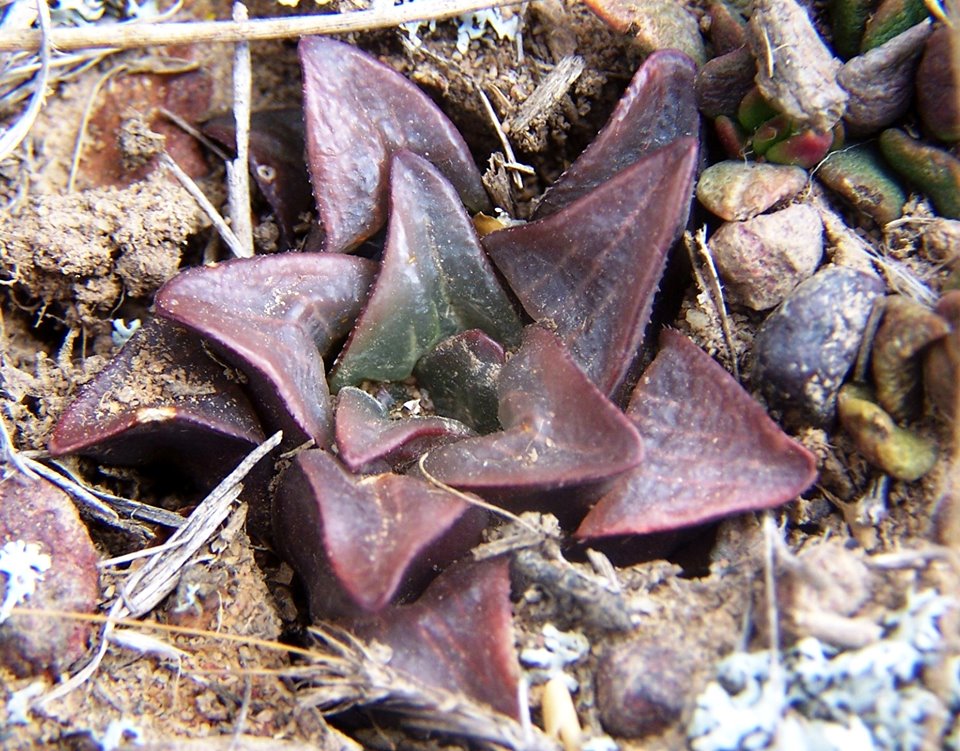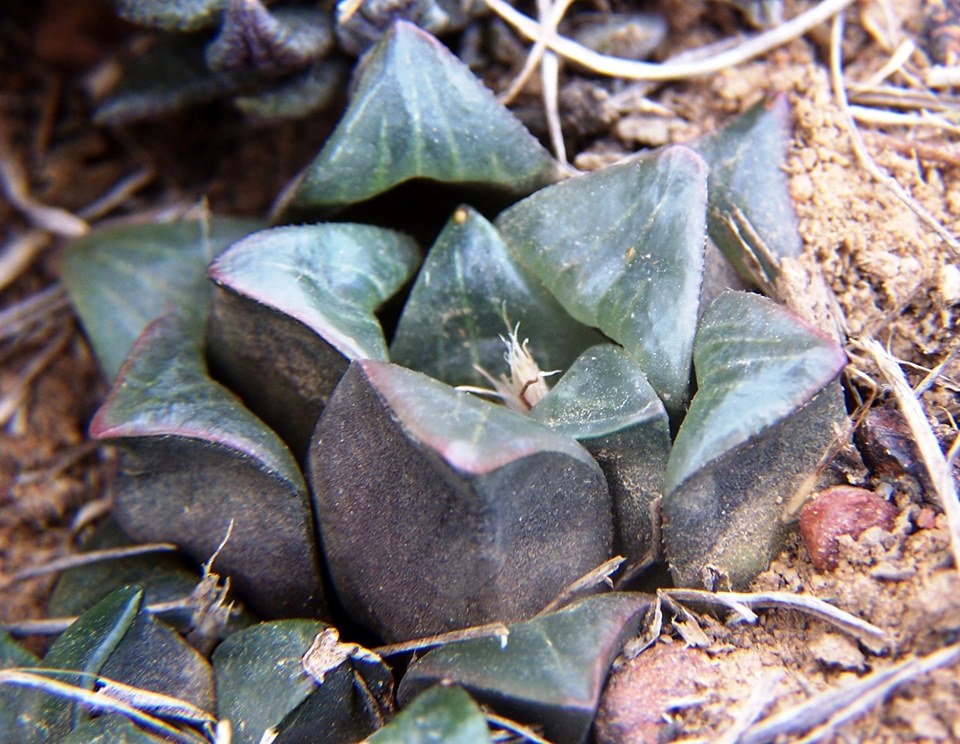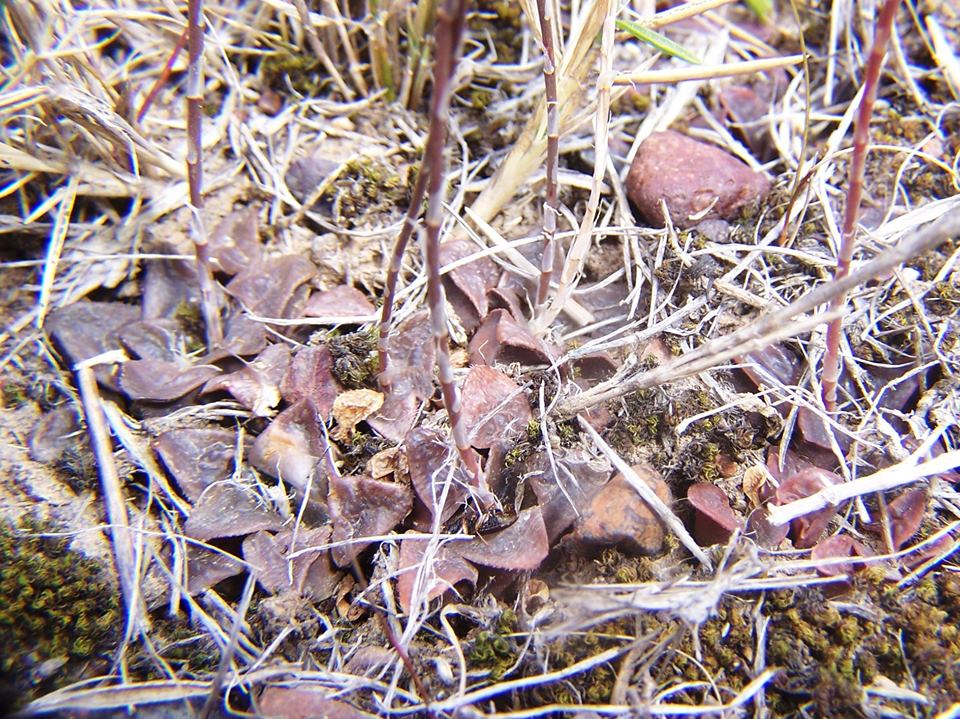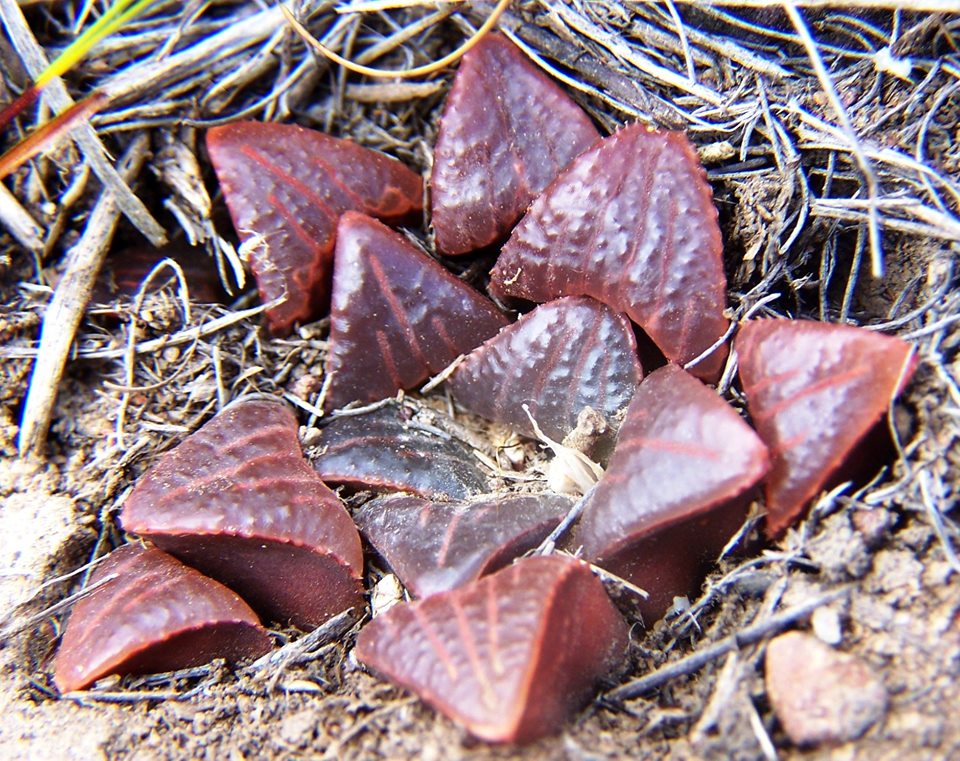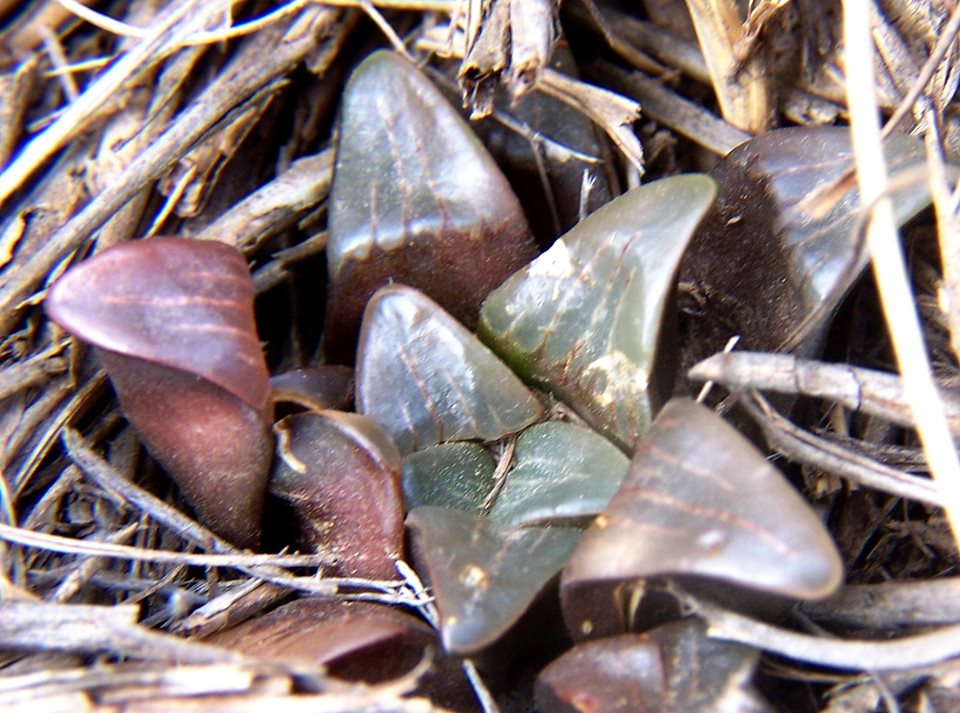2019.5.16 – I need to digress – again. Here at Kransriviermond we have two things viz mirabiloid and retusoid. They hybridise to produce this element we call muticoid (“nigra”). The word “hybridise” normally implies interbreeding of different things (species). This is not the case here at Kransriviermond where it is recombination of diverging elements of the SAME species. In my next set of pictures from further north you will need to understand the dramatic role of H. floribunda. This is because this species is intrinsic in the mirabiloid at Kransriviermond. Note this carefully as it becomes very significant both eastwards and westwards and the issue will re-occur. Another thing very important to note is that the popular succulent journals service commercialism and popular interest; and not science. Some years ago there was a very well-written and eloquent article in one of the journals that virtually called for dumping of any discussion of the meaning of names in respect of species. All that was important was for a set of binomials to satisfy the collector frenzy and make it easy to label pictures? Thankfully Lawrence Loucka is editing and compiling all this stuff I am now posting, for Updates. I trust that one day there will be a true record untainted by the poor record objectivity has in plant classification. I will work on a map.
Please be sure you have read that digression carefully. This population is between Kransriviermond and Heidelberg. A significantly small version of H. rossouwii is nearby, a turgidaoid green form of retusa is not that far away and there is a mirabiloid very close by that is distinctly floribundoid. Haworthia floribunda has a characteristic rounded leaf tip without a terminal point – is this what appears across the board from pygmaea to mutica? I need to do a separate series on floribunda to explain its curious distribution and how it is absorbed in, or reacts with, the greater retusa complex. Sadly for me this sort of stuff is not popular with the Haworthia community and botanists have proven seriously disinterested – including those that have pretended to explore the DNA of the group.
Haworthia Updates
Thoughts and observations on the genus Haworthia

